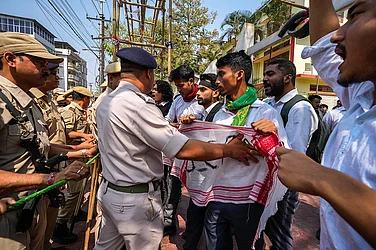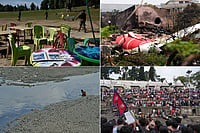The Indian Space Research Organisation (ISRO) on Monday announced that it would launch Aditya-L1, the mission to study the Sun, on Saturday (September 2).
The Aditya-L1 mission would set up the first Indian space-based observatory to study the Sun. It would be launched from Satish Dhawan Space Centre at Sriharikota, Andhra Pradesh.
The Aditya-L1 mission is part of the ambitious next phase of the Indian space programme where ISRO plans to go deeper into space and go beyond the conventional doctrine of using space for ground-based applications for public good only. Now, the ISRO is focussing on space exploration and understanding the celestial bodies like the Moon and the Sun.
The ISRO tweeted that the general public can watch the launch live from Launch View Gallery at Sriharikota after registering at the given link.
The Aditya L-1 mission would have seven payloads that would perfor a range of scientific activities, such as studying magnetic field, solar winds, analsing electrons and heavier ions, etc. It would be launched by the PSLV rocket which would deposit the spacecraft in the Low Earth Orbit. From there, it would travel to the Lagrange Point 1 (L1).
The Lagrange Point 1 (L1) of the Sun-Earth system is about 1.5 million km from Earth. From L1, which serves as a special vantage point for the Sun, Aditya-L1’s four payloads would directly view the Sun and three payloads would “carry out in-situ studies of particles and fields at the Lagrange Point L1, thus providing important scientific studies of the propagatory effect of solar dynamics in the interplanetary medium,” says ISRO on its website.
The ISRO further says, “The suits of Aditya L1 payloads are expected to provide most crucial informations to understand the problem of coronal heating, coronal mass ejection, pre-flare and flare activities and their characteristics, dynamics of space weather, propagation of particle and fields etc…The instruments of Aditya-L1 are tuned to observe the solar atmosphere mainly the chromosphere and corona. In-situ instruments will observe the local environment at L1.


























